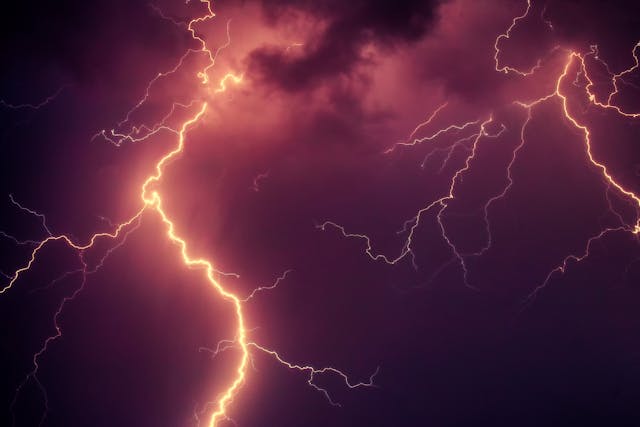Home » News » 2025 » February
News Brief
Feb. 3, 2025 |
By: Mark Moran - Public News Service
Nebraska climatologists collaborate for better weather prediction

By Mark Moran - Public News Service
The University of Nebraska's High Plains Regional Climate Center in Lincoln is working with weather experts in nearby states to collect and use climate data to predict the weather and potentially save lives. And it's the collaboration that allows the forecasters to provide critical information.
Weather in the Midwest can be volatile. Iowa, Nebraska's neighbor to the east, set a record for tornadoes last summer. Climate centers such as this one help forecasters predict deadly weather. Climatologist Gannon Rush said one in the northeastern United States worked with the High Plains center in Lincoln to take on a non-lethal yet big problem in South Dakota.
"It's up there with snow removal and that kind of stuff," he said. "One of the biggest issues within the state is mosquitoes, how many millions of dollars they have to spend each year to prevent mosquitoes and kind of keep the population down because it's such an issue."
The High Plains center used a data-based approach from its colleagues in the Northeast, who forecast the mosquito population based on climate - and provided that information to local health managers. Climate experts in the Midwest used the same approach to take aim at the mosquito population and the potential health problems it causes in South Dakota.
Beyond making critical health information available, the Nebraska climate center also makes data available to farmers and ranchers to help make decisions on planting their crops, for example.
"So, if it's super-duper dry and all signs are pointing towards drought, say in spring or early summer, they may decide to not plant corn," he said, "or they may plant something else, like milo or sorghum."
Rush said ranchers across the region make decisions about managing the size of their cattle herds based on how much moisture they can expect in the coming year - information they get from the High Plains Climate Center in Lincoln.
![]()






